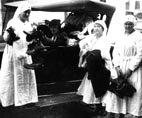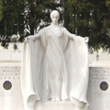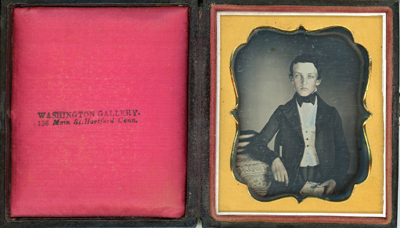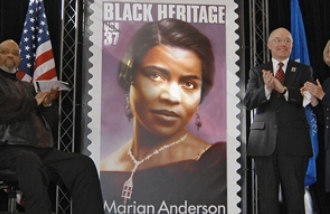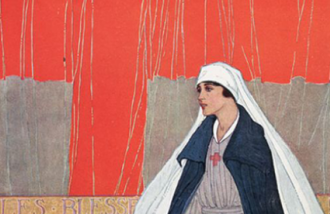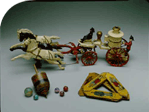 Washington, DC, December 1, 2001--The Daughters of the American Revolution Museum (DAR) announces the opening of a new exhibition, The Stuff of Childhood: Artifacts and Attitudes 1700 to 1900. The exhibition, which explores the changing roles of children in American society, includes more than 200 historic objects relating to childhood. It runs from December 9, 2001 to August 31, 2002.
Washington, DC, December 1, 2001--The Daughters of the American Revolution Museum (DAR) announces the opening of a new exhibition, The Stuff of Childhood: Artifacts and Attitudes 1700 to 1900. The exhibition, which explores the changing roles of children in American society, includes more than 200 historic objects relating to childhood. It runs from December 9, 2001 to August 31, 2002.
What is childhood? How long does it last? How should we raise our children? These questions have long challenged parents, educators, and philosophers. The answers have varied with time, culture, region, and other factors. The clothes, toys, and other "stuff" of American childhood were chosen and used in response to ideas and practices of childcare. Those artifacts that survive can act as clues to the attitudes of their time. No exhibit can document the actual experience of American childhood in its vast variety across two thousand miles, three hundred years, and multiple cultural traditions, but we can examine some of the surviving artifacts, with help from childcare manuals and images of the past, to understand the changing cultural ideals.
Attitudes and beliefs about babies have changed throughout history. Until the middle 1700s, infants were assumed to have less feeling and little ability to respond to their environment. Infancy was a period not only to be survived, but passed over into an age of reason as quickly as possible. Babies were loved, but babyhood was not appreciated.
The role gender played throughout childhood is explored in the exhibition by looking at how the sexes were dressed. It is a falsehood that during the 1800s parents dressed boys as girls. Boys under the age of seven were dressed in clothes that, to us, look like girl's clothing, but in most cases there were slight differences that made it clear, to people living at the time, that the child was a boy.
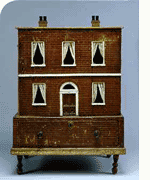 Parents and educators had a firm idea of which kind of toys were appropriate for boys and for girls. It was important to prepare children early for their roles and behavior later in life. Toys were chosen accordingly. On the whole, fewer toys belonging to boys survive than those belonging to girls. This is partly because boys play often involved active games that required no toys or involved everyday things such as a log and plank for a see-saw. Military toys, toys that move, toys to build with, toys that required hand-eye coordination: these are the types of toys thought appropriate only for boys.
Parents and educators had a firm idea of which kind of toys were appropriate for boys and for girls. It was important to prepare children early for their roles and behavior later in life. Toys were chosen accordingly. On the whole, fewer toys belonging to boys survive than those belonging to girls. This is partly because boys play often involved active games that required no toys or involved everyday things such as a log and plank for a see-saw. Military toys, toys that move, toys to build with, toys that required hand-eye coordination: these are the types of toys thought appropriate only for boys.
As children were increasingly valued by parents and society, the commercialization of childhood was inevitable. By the turn of the twentieth century, children were regarded as precious and fragile beings who must be sheltered from the adult world's dangers and corruption, so that toys and books which prolonged their innocence were encouraged. With the average family size declining, parents were able to focus more energy and spend more money on each child. Factories produced a variety of consumer goods designed to appeal to the doting middle class parents. Manufacturers linked parental love with the need for spending money on material goods for children, and Christmas especially became increasingly commercialized.


